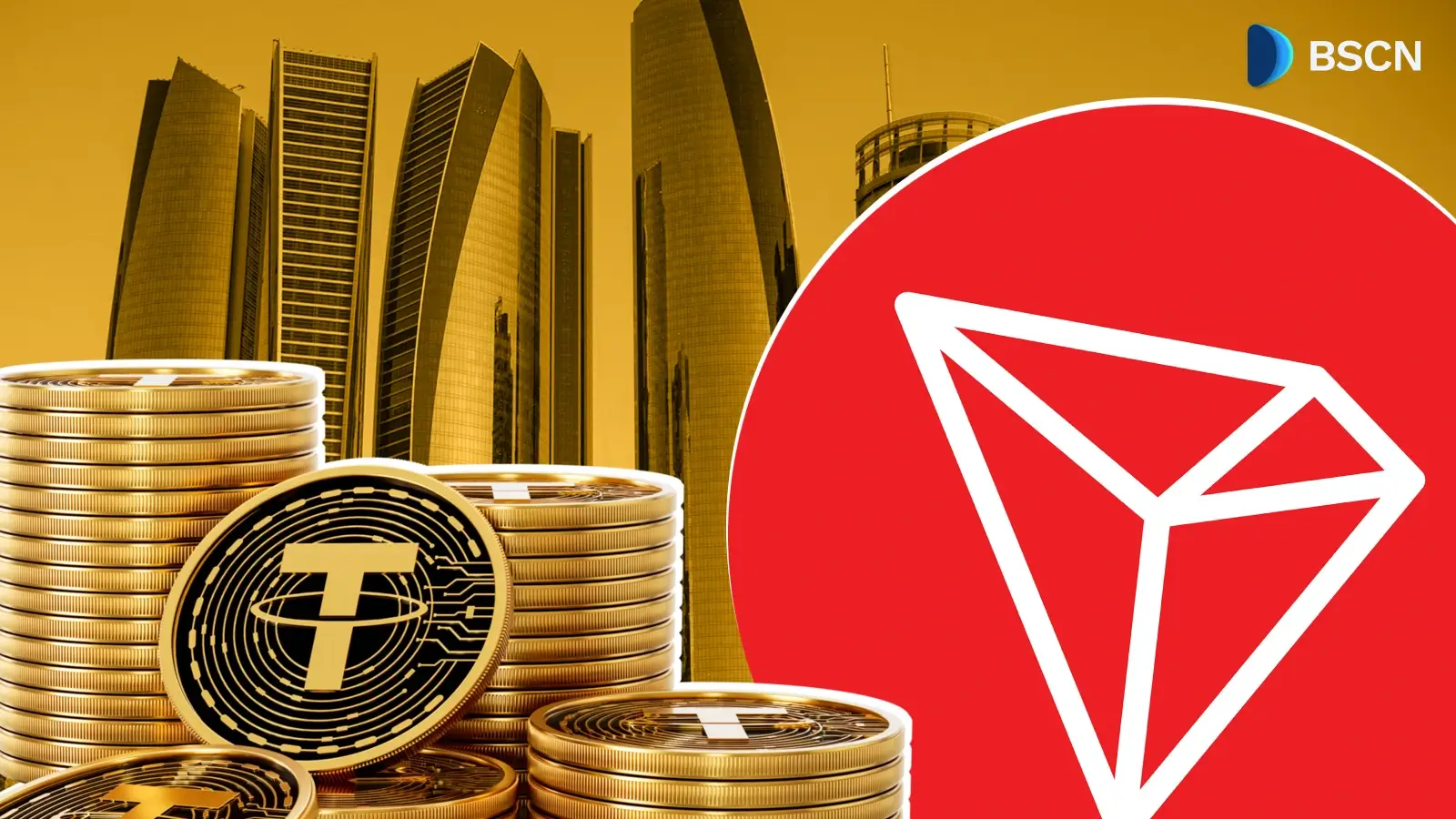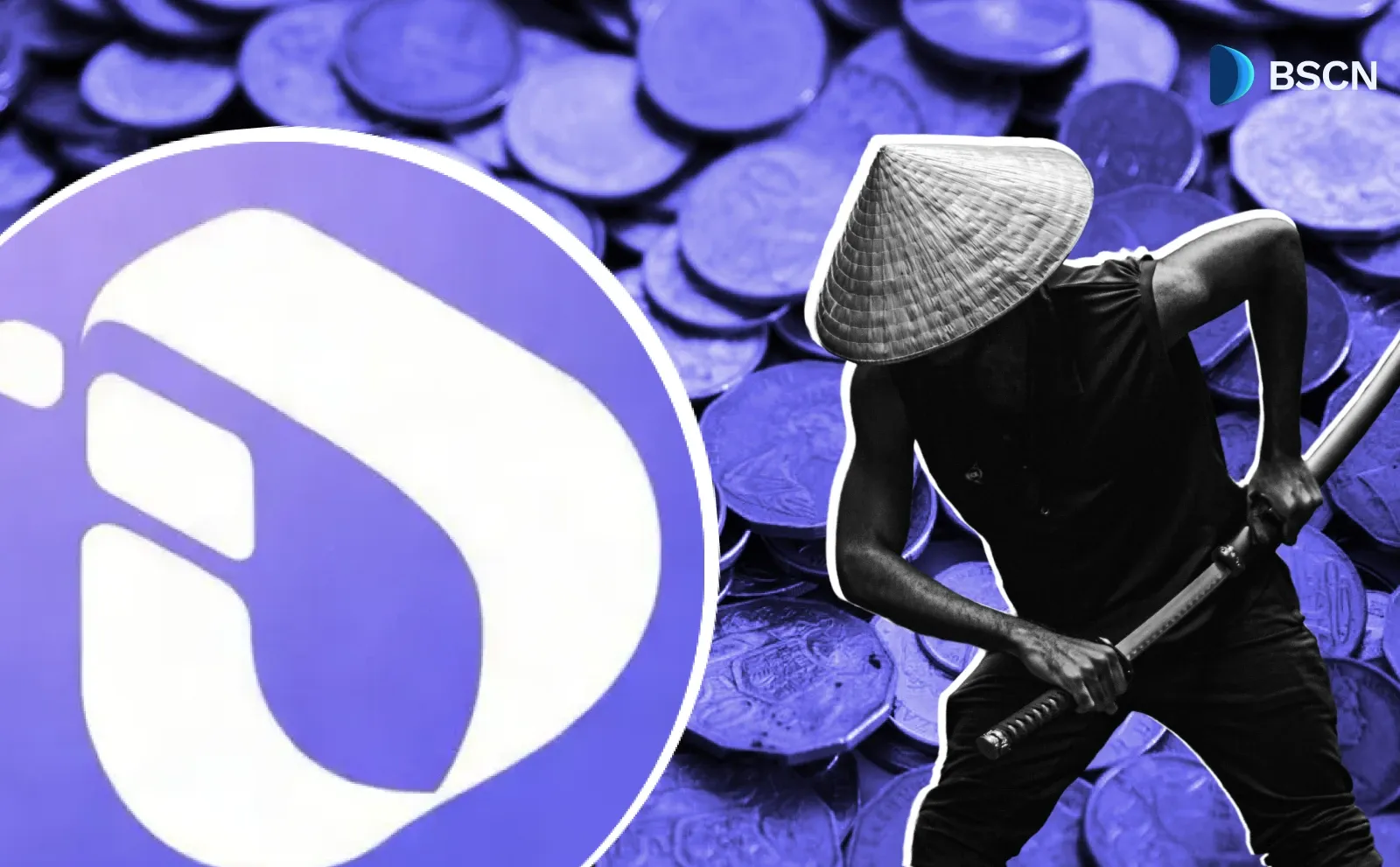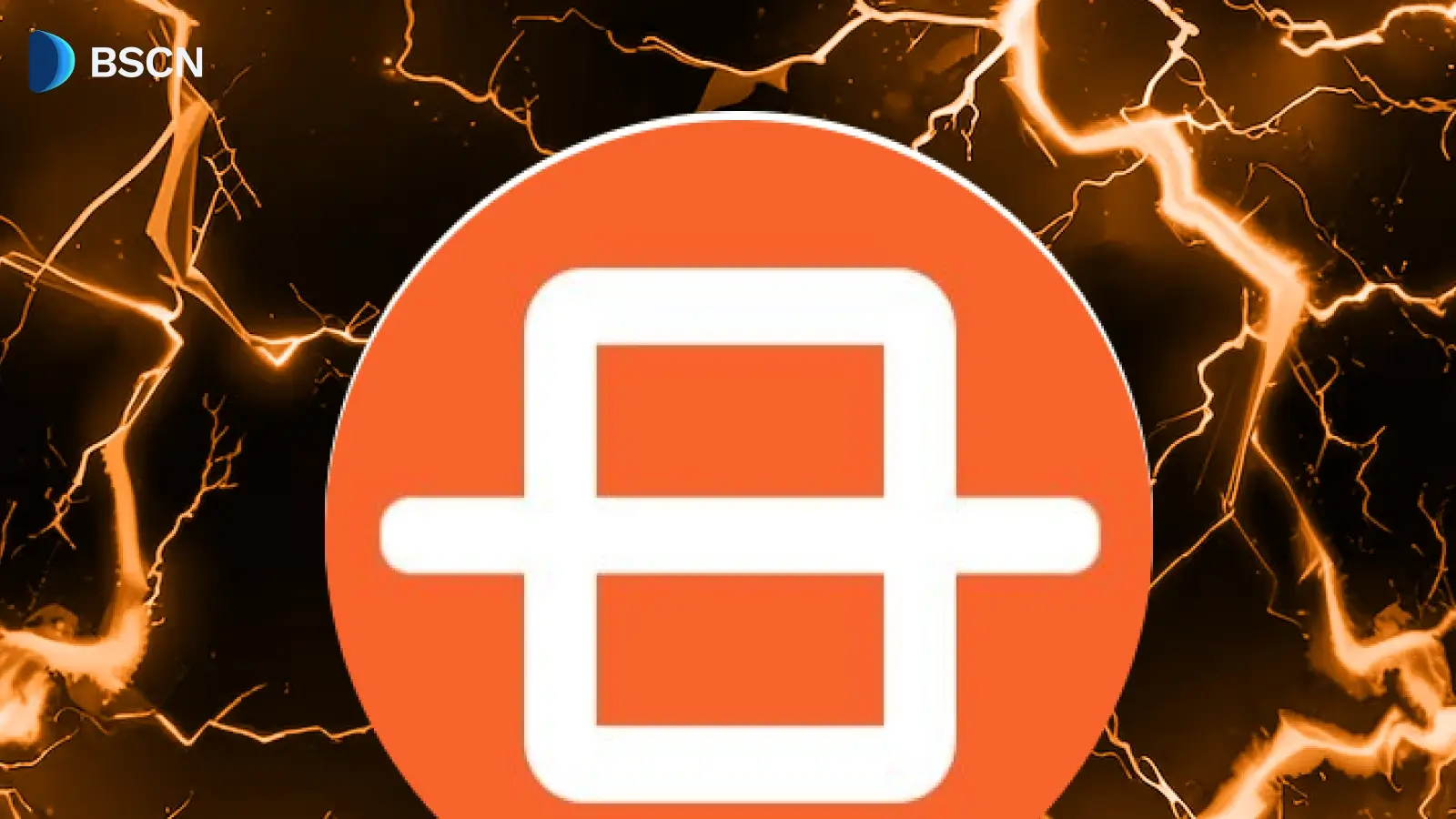News
(Advertisement)
Vitalik Buterin Shares His Bold Vision for Ethereum in 2025
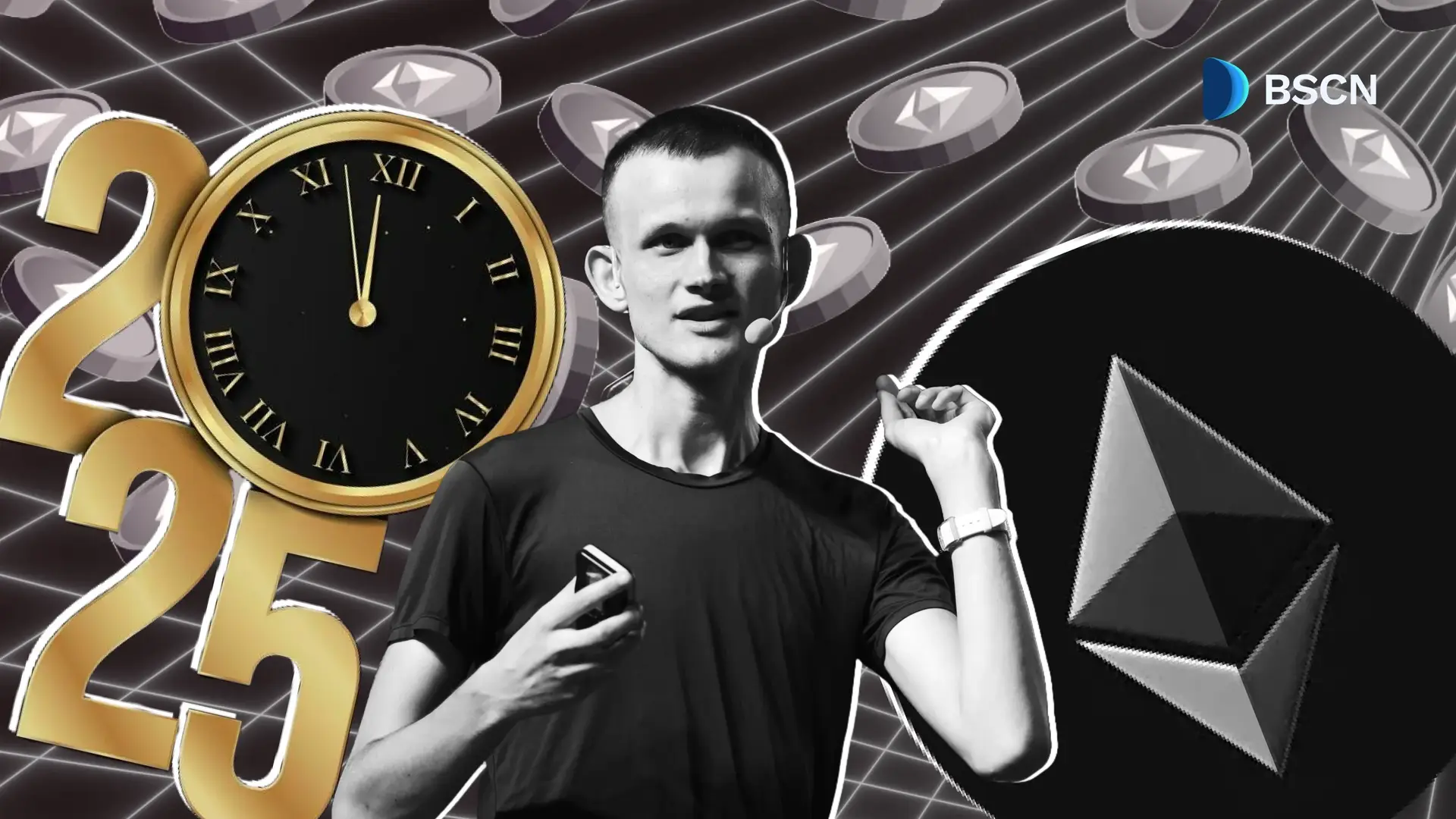
One of the boldest goals on Vitalik Buterin’s roadmap is introducing single-slot finality — a protocol upgrade that would confirm Ethereum transactions in just 12 seconds.
Soumen Datta
April 30, 2025
(Advertisement)
Table of Contents
Ethereum co-founder Vitalik Buterin has outlined a vision for Ethereum’s evolution in 2025, focusing on core improvements that could shape the protocol’s next major leap forward. In an April 30 post on Warpcast, Buterin shared a personal roadmap touching on faster finality, stateless architecture, enhanced privacy, and full-stack decentralization.
This vision arrives as Ethereum experiences a surge in on-chain activity. Data from GrowThePie shows a weekly high of 15.4 million unique addresses, with 13.4 million users operating on Layer-2 solutions—highlighting Ethereum’s growing traction but also the urgent need for greater efficiency and scalability.
Single-Slot Finality: The Next Big Leap
One of the most ambitious goals on Buterin’s agenda is implementing single-slot finality, a protocol change that would finalize Ethereum transactions in just 12 seconds.
Today, finality on Ethereum takes several minutes due to the network’s consensus mechanisms. But single-slot finality would eliminate long wait times and enhance the user experience across wallets, exchanges, and dApps.
This update could also reduce uncertainty during high network activity, improve UX for developers, and tighten Ethereum’s competitive edge against faster chains like Solana and Avalanche.
Stateless Ethereum: Lighter Clients, Greater Scalability
Another major theme in Buterin’s 2025 outlook is making Ethereum stateless.
Right now, Ethereum nodes need to store the entire network state—including smart contracts, account balances, and transaction history. Stateless clients would offload this responsibility to users, who would submit compact “witness” data with each transaction instead.
This change would make Ethereum lighter to run, especially for new nodes. It would also boost decentralization by lowering the hardware requirements to participate in the network. As Ethereum grows, this kind of structural shift becomes essential for long-term scalability.
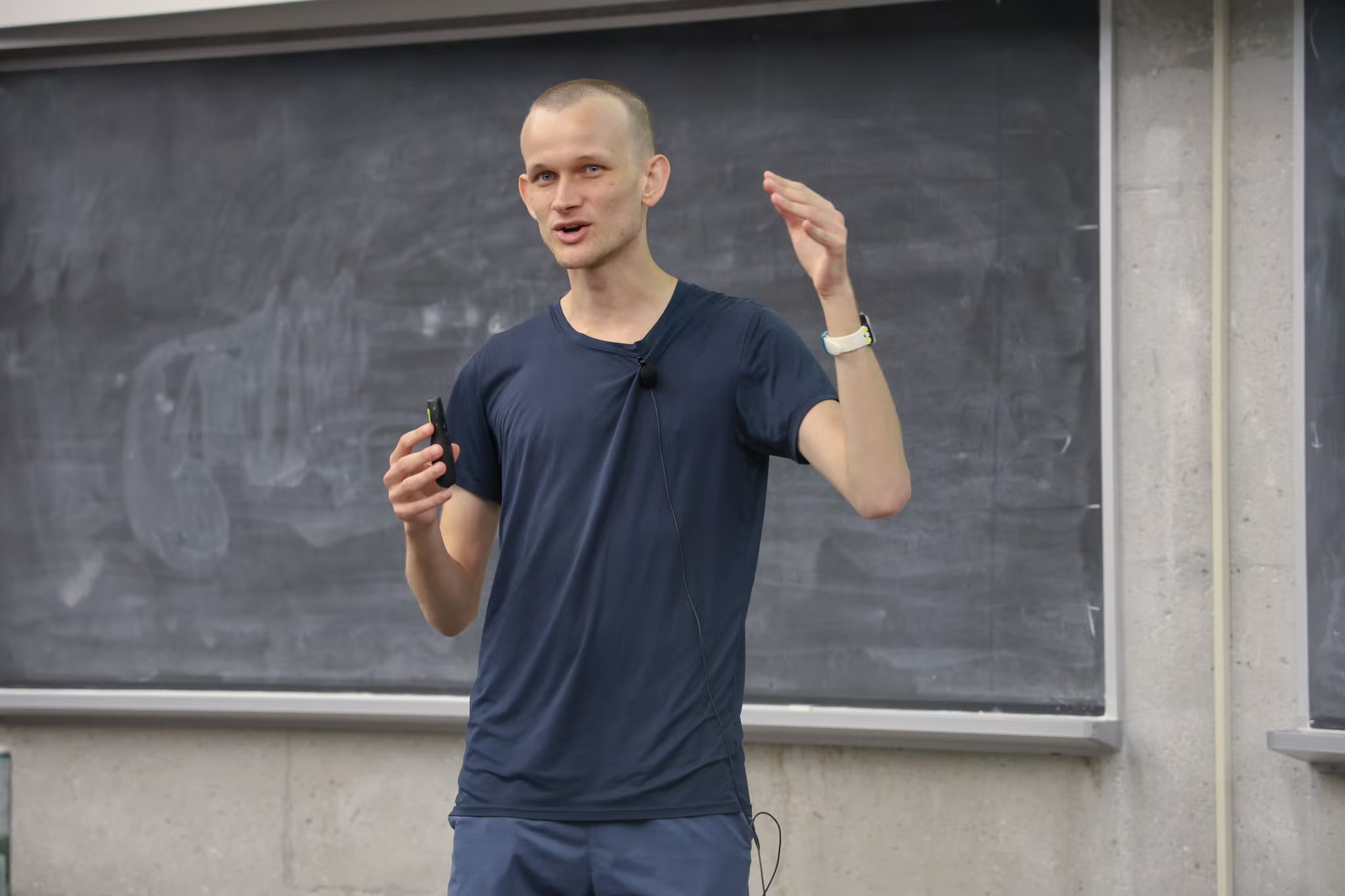
A Renewed Push for Privacy
Buterin has always emphasized privacy, and his latest post shows a renewed focus on making Ethereum a privacy-respecting network.
Earlier this month, he released a short-term roadmap for improving Ethereum’s privacy tools. These include mechanisms that help protect user data without sacrificing the transparency Ethereum is known for.
In his April post, Buterin calls for privacy solutions that are simple, secure, and built into the ecosystem, especially at the wallet level. He wants Ethereum to be usable without exposing identities or transaction details—without relying on centralized tools or third-party intermediaries.
Network Security and Resilience
As Ethereum becomes more integral to global finance and apps, cybersecurity remains top of mind.
Buterin is advocating for stronger security across both front-end and back-end systems. His vision includes tightening protections around smart contracts, safeguarding user wallets, and ensuring that key client software is robust and user-friendly.
He also stressed the need for decentralization across the stack—from validator clients to interfaces—ensuring Ethereum’s resilience against single points of failure.
Infrastructure Beyond the Protocol
While much of Buterin’s post centers on protocol-level changes, he also points to Ethereum’s social and infrastructure layers as critical to the network’s evolution.
He emphasized the importance of better developer documentation, community governance, and open-source funding mechanisms. He wants Ethereum to not just scale technically but also organize better socially—through improved collaboration, knowledge sharing, and incentives for ecosystem contributors.
Encrypted messaging tools and decentralized communication platforms were also part of his roadmap. These would complement Ethereum’s core applications and help enable trusted information exchange within the community.
Buterin mentioned a personal interest in prediction markets and collective coordination tools. These systems could help users make better decisions on-chain, creating more intelligent and collaborative blockchain environments.
Layer-2 Growth Signals Urgency
The timing of Buterin’s vision coincides with a historic milestone for Ethereum. According to GrowThePie, over 15.4 million unique addresses interacted with Ethereum-based apps in the past week—an all-time high.
Most of this growth comes from Layer-2 solutions like Optimism, Arbitrum, and Base, which accounted for nearly 13.45 million users. While this shows demand is rising fast, it also reinforces why Buterin’s focus on scalability, finality, and privacy is timely.
The network cannot afford to become bloated or inefficient as it attracts more users. These upgrades are not just future-looking—they are urgent.
Buterin’s Return to Deep Research
Vitalik Buterin’s renewed focus on protocol development comes amid a shift in his role within the Ethereum Foundation. Co-executive director Tomasz Stańczak recently stated that Buterin now has more time for research and long-term innovation, which is already showing in his more frequent technical posts and proposals.
This level of involvement has historically led to some of Ethereum’s most significant breakthroughs. His earlier work on the Merge and rollup-centric roadmap helped push Ethereum into its current phase. Now, his new vision aims to push the protocol further into becoming a fast, private, and fully decentralized platform for global applications.
Ethereum in 2025 is set to look very different from today—not just faster and more scalable, but also more private, resilient, and decentralized at every layer. But achieving this future will require collaboration across core developers, researchers, wallet teams, and the broader ecosystem.
Read Next...
Disclaimer
Disclaimer: The views expressed in this article do not necessarily represent the views of BSCN. The information provided in this article is for educational and entertainment purposes only and should not be construed as investment advice, or advice of any kind. BSCN assumes no responsibility for any investment decisions made based on the information provided in this article. If you believe that the article should be amended, please reach out to the BSCN team by emailing [email protected].
Author
 Soumen Datta
Soumen DattaSoumen has been a crypto researcher since 2020 and holds a master’s in Physics. His writing and research has been published by publications such as CryptoSlate and DailyCoin, as well as BSCN. His areas of focus include Bitcoin, DeFi, and high-potential altcoins like Ethereum, Solana, XRP, and Chainlink. He combines analytical depth with journalistic clarity to deliver insights for both newcomers and seasoned crypto readers.
(Advertisement)
Latest News
(Advertisement)
Crypto Project & Token Reviews
Project & Token Reviews
Comprehensive reviews of crypto's most interesting projects and assets
Learn about the hottest projects & tokens






